Functional Fitness
what is Functional Fitness?
Functional fitness is a training approach that focuses on improving strength, flexibility, and mobility to enhance everyday movements and activities. It aims to develop functional strength that translates into improved performance in daily tasks and sports. Here’s what you need to know about functional fitness and how to do it effectively.
Benefits of Functional Fitness
Improved functionality: Functional fitness exercises are designed to mimic movements used in daily life, such as lifting, pushing, pulling, and twisting. By training these movement patterns, you enhance your ability to perform everyday tasks with greater ease and efficiency.
Increased strength and stability: Functional exercises engage multiple muscle groups simultaneously, including the core and stabilizing muscles. This leads to improved strength, stability, and balance.
Enhanced joint mobility and flexibility: Functional fitness exercises involve a wide range of motion, helping to improve joint mobility and flexibility. This can lead to better posture and reduced risk of injury.
Injury prevention: Functional fitness focuses on strengthening the muscles and connective tissues involved in common movements, reducing the risk of injuries during daily activities and sports.
Greater calorie burn: Functional exercises often involve compound movements that engage multiple muscle groups, resulting in increased calorie expenditure and potential weight loss.
Adaptability: Functional fitness exercises can be modified to suit different fitness levels, making them accessible to beginners and advanced athletes alike.
Effective Training Tips for Functional Fitness
Focus on movement patterns: Perform exercises that involve multiple joints and muscles, and that mimic real-life movements. Examples include squats, lunges, push-ups, pull-ups, kettlebell swings, and medicine ball throws.
Core engagement: Prioritize exercises that engage the core muscles, such as planks, deadlifts, and rotational movements. A strong core is essential for stability and transferring power between the upper and lower body.
Incorporate balance and stability training: Include exercises that challenge balance and stability, such as single-leg exercises, balance boards, or stability ball exercises. This helps improve proprioception and reduces the risk of falls and injuries.
Vary your training modalities: Include a mix of bodyweight exercises, resistance training with weights or resistance bands, and functional equipment like kettlebells or medicine balls. This adds variety and challenges your muscles in different ways.
Progress gradually: Start with exercises that match your current fitness level and gradually progress by increasing the difficulty, intensity, or resistance. This can involve adding weights, performing more repetitions, or progressing to more advanced variations of exercises.
Focus on quality movement: Prioritize proper form and technique over quantity or speed. This ensures that you engage the right muscles, minimize the risk of injury, and maximize the benefits of each exercise.
Include mobility and flexibility work: Supplement your functional fitness routine with mobility exercises and stretches to improve joint range of motion and maintain flexibility.
Rest and recovery: Allow your body sufficient rest and recovery between workouts. This allows muscles to repair and adapt, reducing the risk of overuse injuries.
Additional Considerations
Consult a professional: If you’re new to functional fitness or have specific goals or limitations, consider working with a certified fitness professional who can guide you and ensure proper technique and progression.
Listen to your body: Pay attention to how your body feels during exercises and adjust or modify as needed. If you experience pain or discomfort, consult a healthcare professional.
Combine with other training modalities: Functional fitness can be integrated with other forms of exercise, such as cardiovascular training, flexibility work, or sports-specific training, to create a well-rounded fitness routine.
Remember, functional fitness is about improving your overall physical performance and quality of life. Stay consistent, challenge yourself appropriately, and enjoy the functional benefits that carry over into your everyday activities.
CLICK BELOW TO FIND OUT MORE ABOTU HOW WE CAN HELP YOU!


